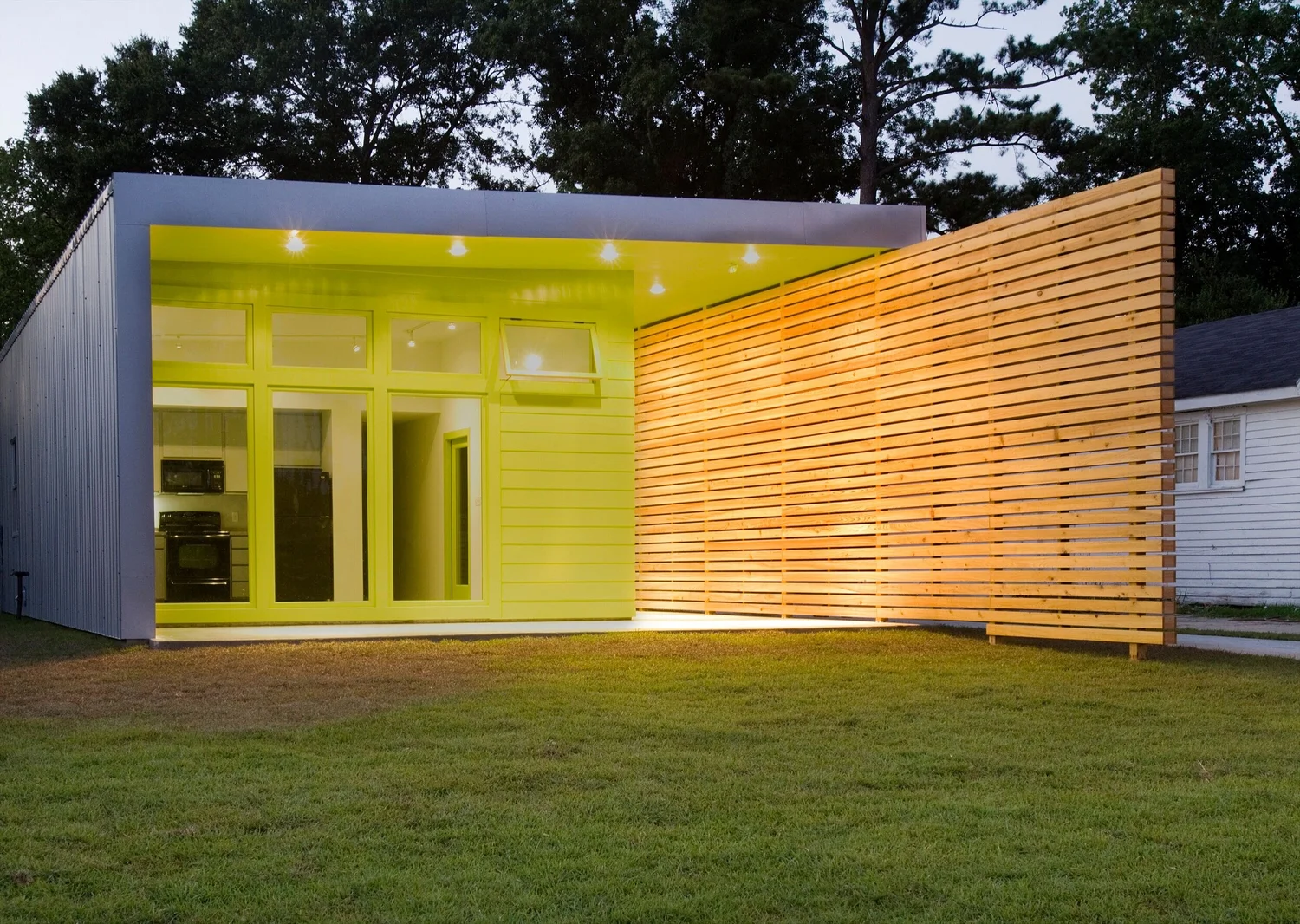The Nuances of “Plus One” construction in English
The phrase “plus one” is a common idiom in English, but its usage can be surprisingly nuanced. While seemingly straightforward, its meaning shifts subtly depending on context, ranging from literal addition to more abstract concepts like social inclusion. This article delves into the various facets of “plus one” construction, exploring its different meanings, grammatical flexibility, and the social implications it carries.
1. The Literal Meaning: Addition
At its core, “plus one” signifies the addition of a single unit. This is the most literal interpretation, often used in mathematical contexts or when explicitly counting items. For example:
“One plus one equals two.” (Mathematical addition)

In these instances, “plus one” functions as a prepositional phrase modifying the preceding noun or number, clearly indicating the addition of a single entity.
2. Social Context: The Guest and Beyond
The most prevalent use of “plus one” occurs in social settings, particularly concerning invitations and events. Here, “plus one” refers to the guest a primary invitee is allowed to bring. This secondary guest is the “plus one.” Examples abound:
“The invitation states ‘John Doe plus one.’” (John is invited and can bring a guest.)
This usage has become so common that “plus one” often functions almost as a noun itself, representing the guest. It’s a shorthand for “a guest in addition to the primary invitee.”

However, even within this social context, nuances exist. The relationship between the primary invitee and their “plus one” is often unspecified. It could be a romantic partner, a friend, a family member, or even a business associate. The invitation rarely details the nature of the relationship, leaving it to the invitee to decide.
3. Expanding the Social Circle: Beyond the Romantic Partner
While often associated with romantic partners, the “plus one” in a social context isn’t exclusively reserved for them. It can simply mean any additional guest. Consider these examples:
“Since my spouse is out of town, I’m bringing a friend as my plus one.”
These examples illustrate that the “plus one” is simply an allowance for an additional guest, regardless of their relationship to the primary invitee. The flexibility of this term allows for diverse social arrangements.
4. Grammatical Flexibility: Noun, Adjective, and More
“Plus one” exhibits surprising grammatical flexibility. As we’ve seen, it can function as a noun (referring to the guest), a prepositional phrase (indicating addition), and even adjectivally (modifying another noun).
Noun: “My plus one is really looking forward to the event.”
This grammatical versatility contributes to the widespread use of “plus one” in various contexts. Its adaptability allows it to fit seamlessly into different sentence structures.
5. Social Implications: Inclusion and Exclusivity
The concept of “plus one” carries social implications. While it often signifies inclusion – allowing someone to share an experience with another – it can also create a sense of exclusivity. Those who aren’t offered a “plus one” might feel excluded or less important.
Furthermore, the “plus one” dynamic can create subtle social hierarchies. The primary invitee holds a position of power, deciding who gets to be included. This can lead to awkward situations or feelings of obligation.
6. The Evolving Language: “Plus One” as a Verb?
While not yet widely accepted, there’s evidence of “plus one” being used as a verb, particularly in informal online communication. For example:
This usage is still relatively uncommon, but it demonstrates the evolving nature of language and how idioms can adapt and expand their meaning over time. Whether this verbal form of “plus one” becomes mainstream remains to be seen.
7. Beyond the Invitation: Expanding the Metaphor
The concept of “plus one” has even extended beyond its literal and social meanings, becoming a metaphor for adding support or agreement. This usage is often found in online forums or discussions:
Here, “plus one” signifies adding one’s voice or opinion to a particular viewpoint, further demonstrating the flexibility and evolving nature of this idiom.
8. Regional Variations and Cultural Differences
While “plus one” is widely understood in English-speaking countries, there might be regional variations or cultural differences in its usage and interpretation. In some cultures, the concept of bringing a guest to an event might be more or less formal, influencing the prevalence and specific meaning of “plus one.”
9. The Future of “Plus One”
The phrase “plus one” is a testament to the dynamic nature of language. Its journey from a simple mathematical expression to a complex social marker illustrates how idioms can evolve and adapt to changing cultural contexts. While its core meaning of addition remains, its social and metaphorical uses continue to expand. Whether “plus one” as a verb becomes widely accepted or new interpretations emerge, the phrase’s versatility ensures its continued relevance in the English language.
10. Conclusion
“Plus one” is more than just a phrase; it’s a social and linguistic construct that reflects our interactions and relationships. From its literal meaning in mathematics to its nuanced role in social invitations and its metaphorical extensions in online discourse, “plus one” demonstrates the dynamic nature of language and its capacity to adapt to evolving social norms. While seemingly simple, the phrase carries a weight of social implications, signifying inclusion, exclusivity, and the complex dynamics of human interaction. Understanding the various facets of “plus one” construction provides valuable insight into the subtle yet powerful ways language shapes our understanding of the world.
plus one construction
